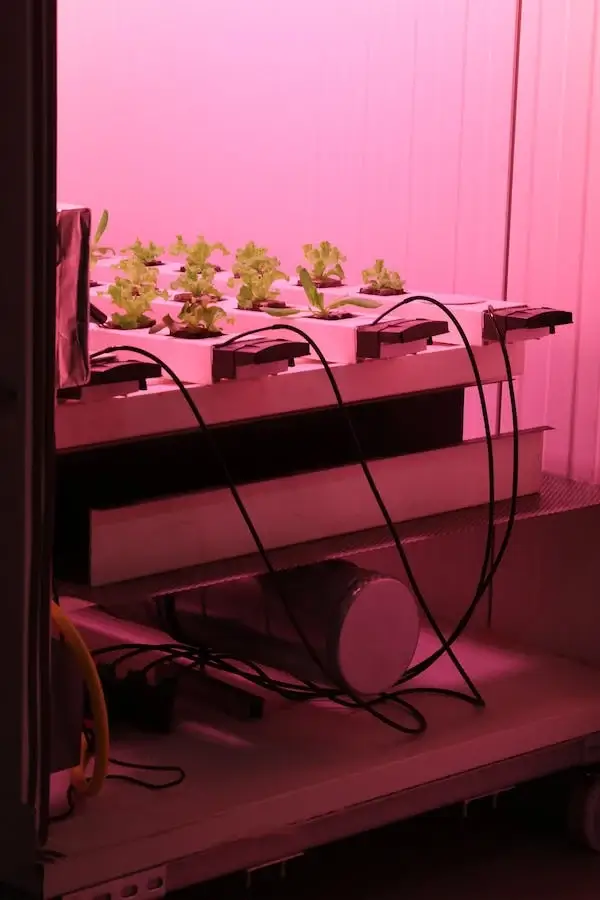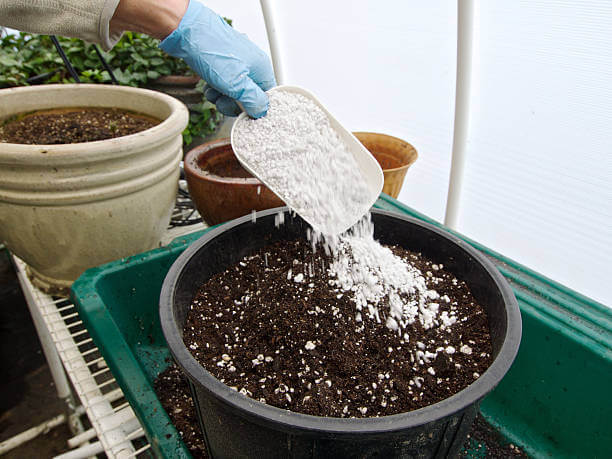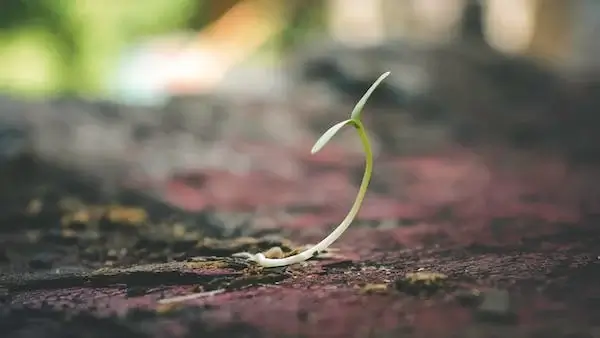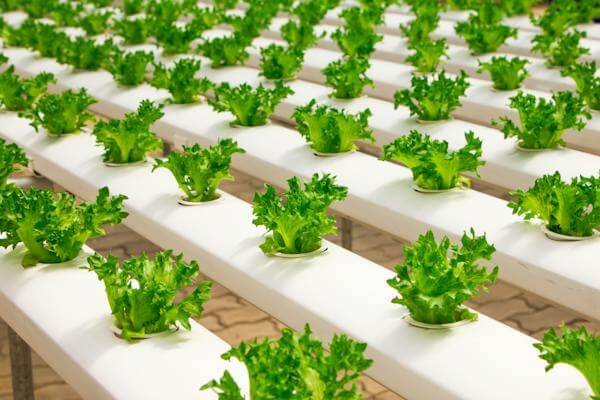Growing hydroponic basil can be a rewarding and efficient way to cultivate this aromatic herb. The method offers numerous advantages that contribute to optimal growth for the plants. Firstly, hydroponic systems provide precise control over nutrient levels. This control helps the herbs to receive optimal nutrition for robust growth. You can eliminate the challenges of traditional growing methods, including soil conditions, pests, and disease control. Additionally, you can enjoy fresh, home-grown herbs year-round.
To grow hydroponic basil, you need the hydroponic structure, nutrient-rich solution, suitable growing medium, adequate lighting, and proper temperature control. Also, you must know how to regulate the pH levels and water quality during the growing period. Learn more about this type of herb growing.
Requirements For Growing Hydroponic Basil
Any growing method comes with its requirements. When embarking on hydroponic basil growing, you will need several items. Our growing experts compiled this list so you can embark on the ever-increasing season without worries. So, here are the materials and structures for growing your basil;
Hydroponic System

While there are dozens of hydroponic systems that boast about successful growing, there are several that top the list. Learn about the plans here. It is essential to select a system that saves your space, water, and needs. For instance, drip hydroponics is ideal for outdoor growing as it utilizes a tiny drip line to supply nutrient-rich water to the rods. The technique saves a lot of water. Consider the hydroponic wick system if you intend to grow your basil indoors. It has no significant requirements and is ideal for armatures and indoor growing.
Lighting

Basil requires longer hours of lighting. Agronomists recommend six to 8 hours of adequate lighting. You will need to use grow lights to acquire this in hydroponic growing. LED or fluorescent lights are standard and cheaper choices.
Growing Medium

With hydroponic growing, we recommend soilless mediums. These include coconut coir, perlite, or rock wool cubes. The mediums are readily available in both online and physical agricultural outlet shops.
Nutrient Solution

The nutrient solution for hydroponics is the lifeline for your plants. You must purchase a solution specific to herbs or vegetables to achieve the best basil crop. The reason is different plants have distinct hydroponic nutrient solutions. A solution for legumes may not be the same as for herbs. Buy from a reputable outlet and follow the instructions on the label for proper dilution.
pH Kit

The pH kit helps you to read the nutrient solution and water pH. For hydroponics, the checkups must be regular. Once you test the pH, you can adjust to the recommendations. Our experts and other agronomists recommend a pH range of 5.5 to 6.5.
Temperature And Humidity Control
These two items are crucial in the maintenance of a basil hydroponic system. The best recommendation is a temperature range of 70-80°F (21-27°C) and humidity levels between 40-60%.

Seeds Or Seedlings

A good crop starts with the right choice of seeds/seedlings. If you are a starter, buying basil seeds from a reputable source is the best you can do for your farm. The seeds have a high germination rate, plus experts breed them for planting and producing high yields.
With the above requirements and willpower to begin, your hydroponic basil growing will be smooth.
Growing Hydroponic Basil: Steps
Let’s now start with the steps to increasing this magical herb;
Step One: Training
Training in hydroponic growing is the first step for any aspiring grower. The process equips you with the proper techniques and strategies for this journey.
During the training, you will also learn about the challenges you are likely face with the growing system. So, never embark on any ever-increasing method without the proper knowledge. The courses are available online and at agricultural institutions. Ensure you do your background check for quality training and the correct information.
Step Two: Set Up The Hydroponic System
Setting up a hydroponic system for your basil requires buying and assembling the system. Most manufacturers have outlets with personnel to help you through. If they do not offer such help, then they are not a worthwhile company to supply the system. If you are a DIY guru, assemble the hydroponic system according to the manufacturer’s instructions. also, you will decide whether to set the structure indoors or outdoors.
Step Three: Prepare The Growing Medium
As we have mentioned, hydroponic systems use different growing mediums. Your choice could be rock wool, perlite, or coconut coir. When choosing the medium, consider water retention, aeration, and pH stability.
Opt for a medium that supports your basil roots while allowing efficient nutrient absorption. It should have excellent drainage to prevent waterlogging and promote oxygenation for healthy root development.
Compatibility with your chosen hydroponic system is essential, as different methods may require specific characteristics in a growing medium. A well-chosen growing medium ultimately facilitates optimal nutrient delivery and supports overall plant health in hydroponic cultivation. Lastly, ensure that you prepare the medium adequately and moisten it before placing your basil seeds or seedlings.
Step Four: Plant The Seeds Or Seedlings
Ultimately, it is time to plant your hydroponic basil seeds or seedlings in the growing medium. Place the seeds/seedlings into the designated slots in the hydroponic system. After 10 to 14 days, your basil will begin to sprout. Provide the proper spacing to enable the plants to have vibrant growth. Once you plant, you are set to go with will hydroponics, and until harvest, the following steps include caring for your crop.
Step 5: Provide Adequate Lighting
Position your grow lights at the most appropriate distance from your plants to ensure that they receive sufficient sunlight. Lighting for basil should be between six and eight hours as the crop thrives in well-lit areas.
Step 6: Maintain Nutrient Levels
This step is a continuous one until your crop is ready. You must follow the recommended nutrient solution dosage and change the solution regularly, usually every 1-2 weeks until maturity. Ensure that you use an authentic nutrient solution for your crop to thrive.
Step Seven: Monitor pH Levels
Another crucial element to monitor in your hydroponic basil is the pH levels of the nutrient solution.
Check and adjust regularly to 5.5 – 6.5. The proper levels ensure your answer is not too acidic or alkaline for your basil crop.
Step Eight: Temperature And Humidity Regulation
Maintain the recommended temperature and humidity levels to promote a healthy crop. Basil hydroponic system requires temperature ranges of 70-80°F (21-27°C) and humidity levels between 40-60%.
Step Nine: Pruning
After germination, your basil plants will grow into a vigorous and bushy crop. The bushier it is, the better your harvest will be. But the plants can become thin due to excess bush that keeps on growing. Remove a third of the plant regularly to encourage healthy bushy growth. Besides enhancing growth, pruning reduces pest and disease attacks.
Step Ten: Harvesting
The most helpful part of the basil crop is the leaves. Harvesting the leaves is, but you must wait for the leaves to mature for optimal flavor. The plants reach a mature height, typically around 6 to 8 inches.
At this stage, the plants have developed several sets of leaves. Use clean and sharp pruning shears to snip the basil leaves mature. Cutting the healthy and well-developed leaves encourages branching and bushier growth. Always snip above a leaf node, as it promotes new growth from that point. Also, it is essential not to remove more than a third of the plant at a time to ensure it remains healthy and productive.
Harvest your basil in the morning when there is a high concentration of the essential oils. You can stop the harvesting during flowering as it may alter the leaf’s flavor. Pinch off any flower buds as soon as they appear to redirect the plant’s energy toward leaf production. Remember that harvesting basil is a regular and continuous exercise.
Step 11: Drying And Storing
Once you have harvested your basil, you can use it immediately and dry or freeze any excesses. Proper preservation maintains freshness and aromatic qualities.
Conclusion
Ultimately, you have a simple guide to growing hydroponic basil. We have outlined the requirements, steps, and pest and disease control. Begin training by following authentic materials and videos online and from agronomist centers nearby. Also, buy your system and seeds from genuine outlets. You can ask for a setup personnel or do it yourself. Good luck with your basil hydroponic cultivation.

